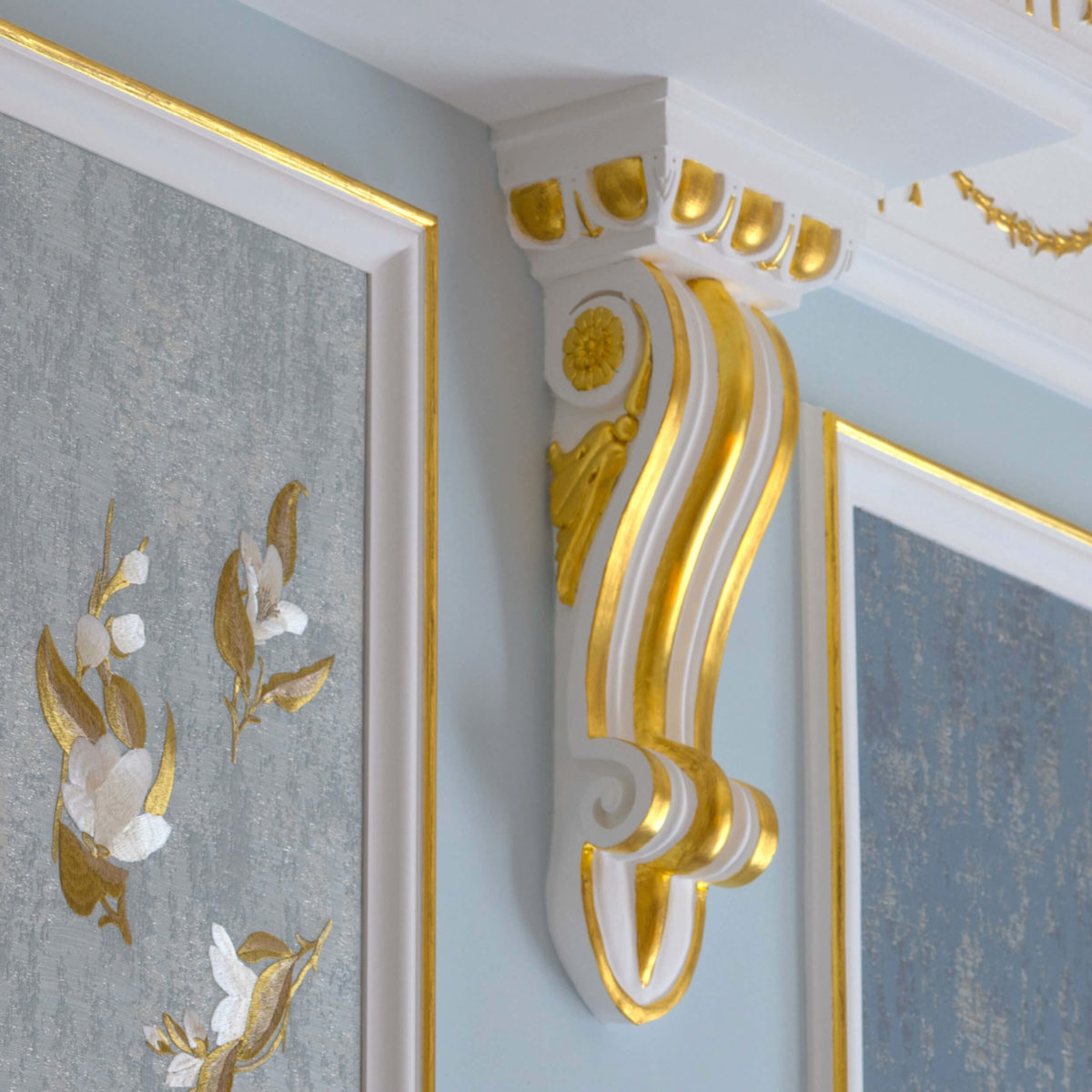Originally, the dado rail was created to prevent damage to the walls of a house by furniture such as chairs and later on picked up the term ‘chair rail’. Nowadays they are purely aesthetic and are used to break up wall space in rooms.
Dado rails faqs
-
What is the purpose of a dado rail?
-
What is the difference between and dado rail and a picture rail?
A dado rail is used at a lower, normally waist height level in a room where as a picture rail typically sits about 30cm below a ceiling. Typically a picture rail is much smaller in size (around 40mm) where as a Dado rail is anywhere from 40mm to 150mm, but most commonly about 80mm high.
-
What is the correct height for a dado rail?
There is no correct height in today’s world. They were once placed at chair height to stop chairs damaging the walls. Experts will recommend anywhere between 24 – 72 inches from floor level. Use your scheme and eye to help guide your decision, erring on a slightly lower height to retain a balance within the space.
-
How do you finish the end of a dado rail?
Dado rails typically finish into the side of the architraves of doorways or windows. This means typically that the projection of the dado rail will be less of the architrave. Alternatively, if this is not the case, you can self return the dado rail into the wall like a cornice and balance these self returns at equal distances between your windows or doorways.
-
How do you secure a dado rail to the wall?
We stick our dado rails to walls with adhesive for fibrous plasterwork. Our dado rails and the walls are ‘keyed’ up before they are stuck on. In addition to this for further support they are also screwed in to ensure no movement is possible.
-
How do I make my dado rail look modern?
Dado rails and wall panelling are extremely popular at this moment in time. At the moment it looks smart when the dado rail is painted the same colour as your wall colours or wall panels. Don’t be afraid to use bold colours.
-
Does a dado rail make a room seem smaller?
If your interiors feel dark and dingy, use dado rails to give the illusion of space. When positioned correctly, they lengthen walls like a funhouse mirror and make ceilings appear much higher.



